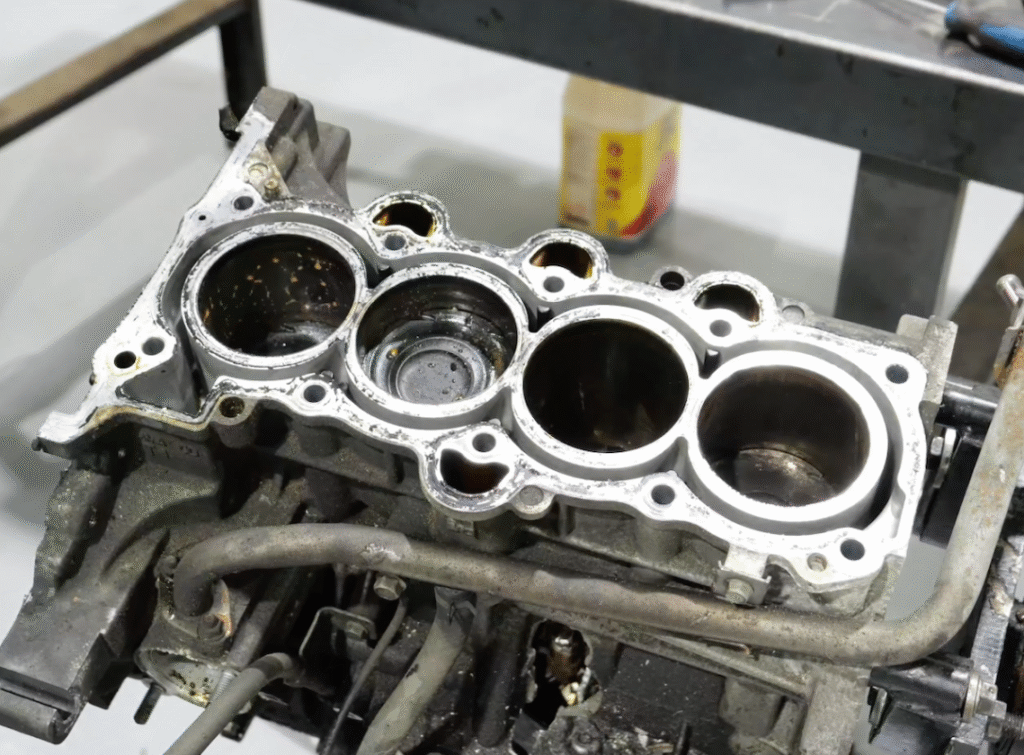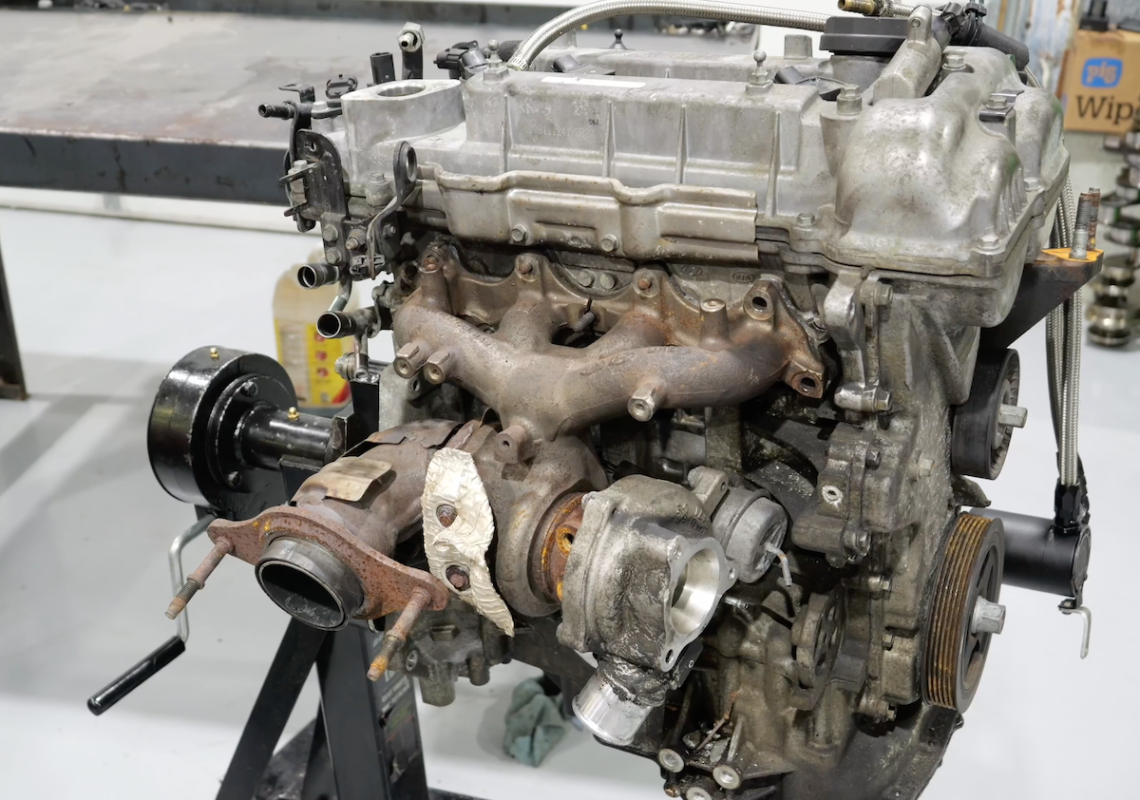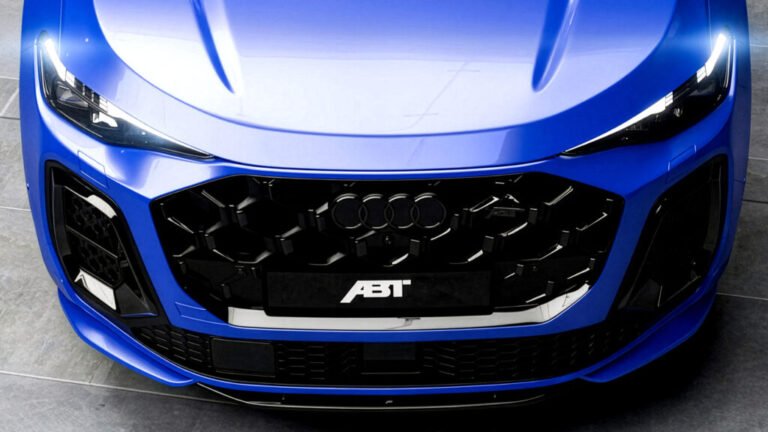
The Gamma Engine’s Tunable Allure
Hyundai’s 1.6-liter turbocharged Gamma engine is known among tuners and drivers alike for various reasons. Found in cars like the Veloster Turbo, it’s small and responsive, but its best trait is that it’s eager to deliver more power with just a few tweaks. Its compact layout and turbocharged setup make it a natural candidate for tunes, downpipes, and upgraded intercoolers, which can easily push output beyond its factory 201 horsepower. That flexibility turned the Veloster into a budget-friendly tuner car.
But as any seasoned builder knows, every engine has its limits. This week, YouTube’s I Do Cars, known for its detailed post-mortem teardowns, got its hands on a 2013 Veloster Turbo with 144,000 miles and a story to tell. The hatchback’s 1.6L Gamma had suffered what can only be described as total internal destruction – the sort of failure that happens when enthusiasm outpaces mechanical limits.
The Catastrophic Internals
The engine arrived in what the host called “inspection port condition” – a hole so large in the block you could see daylight through it. That was just the start. Inside, I Do Cars found pieces of piston skirt, mangled connecting rods, and an oil pan smashed nearly in half. The piston from cylinder three had completely exited the engine, leaving behind a gaping void and a trail of debris.
There were signs of neglect, as well. The valve cover hid heavy varnish and sludge, hinting at long oil change intervals. A poorly installed catch can and other half-finished mods suggested the engine had been worked on by an ambitious but careless owner. However, despite the carnage, the bearings and oil system looked surprisingly healthy – so no, oil starvation wasn’t the main culprit here as with most bombed engines that we’ve seen before. More likely, the failure happened at high RPM – a violent over-rev that turned stress into shrapnel.
I Do Cars/YouTube
How to Keep a Tuned Gamma Alive
Tuning the Veloster’s Gamma engine isn’t actually risky, but it still warrants care. Staying within realistic power output targets – around 250 horsepower without internal upgrades – helps preserve reliability. Going over will need upgrades. It’s costly, yes, but still more economical than buying a new engine block. Regular oil changes with high-quality synthetic oil are essential, as turbocharged engines generate more heat and carbon buildup. Proper installation of supporting parts, like catch cans and upgraded cooling, can also prevent secondary issues.
Perhaps most importantly, a well-calibrated tune from a reputable shop can make the difference between a lively daily driver and a future teardown subject. The Veloster Turbo’s engine can take a beating when treated right – but as this video showed, even the most promising power plant will self-destruct once it’s pushed too far.
Hyundai


